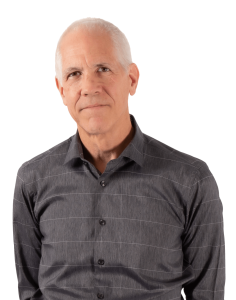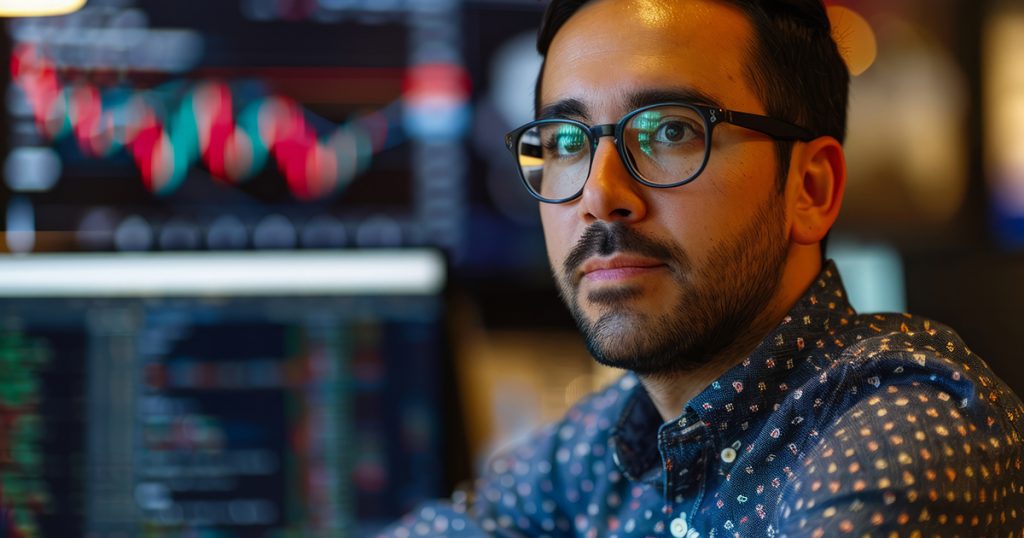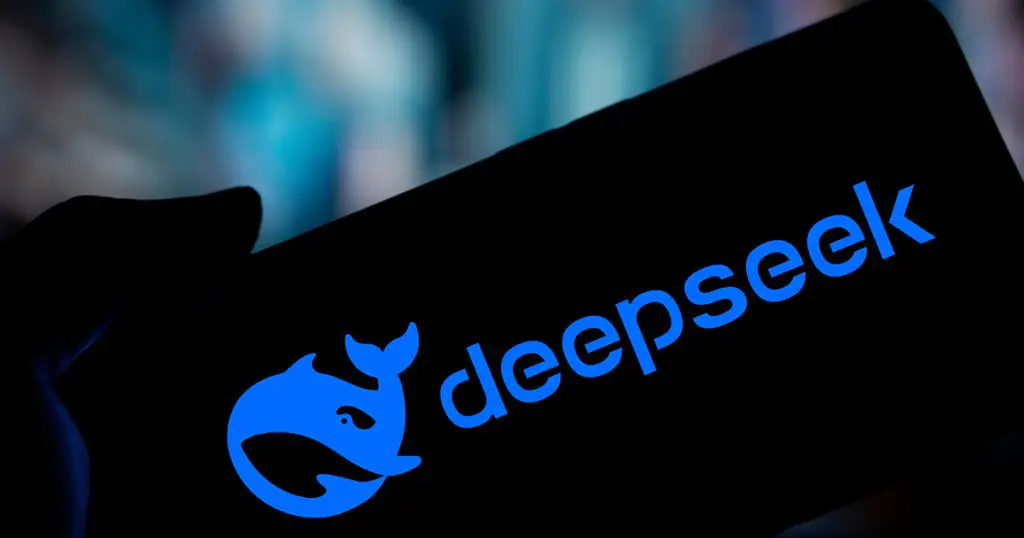9 November, 2022

AI art generator tools are becoming readily available; Dall-E and Stable Diffusion, for example. Microsoft is even adding it to its Office suite. So, coming to a PowerPoint near you.
These artificial intelligence apps generate art based on a text-to-image model. If you type “woman flying a bicycle” into Dall-E, it will generate that image. The image is generated based on images the tool has learned from.
But you can also type in “car on a cake in the style of Van Gogh”. It will then generate images that look like it was created by that artist.
Copyright risk
AI generated art is controversial for many reasons.
On the legal side, there are potential copyright issues depending on what images were used to start with and what instructions were given. Some art communities and image sites have banned AI generated art either because of the copyright risk or deference to artists and photographers.
Shutterstock was one of those. But Shutterstock announced it will sell AI generated images that learned from images in Shutterstock archives. They will compensate those artists, but one artist describes it as a “sewer water leak into the drinking supply”.
Who owns AI art?
Authorship can be an issue. Courts have been reluctant to recognize authorship and ownership claims not based on human efforts, such as AI generated authorship of patents, and monkey selfies. How much human effort is needed to reflect human authorship and ownership?
Disruptive tech
It is common for new tech to rile up those who fear it will replace them or existing business models, similar to how the camera concerned artists and videotape concerned movie makers. Those didn’t hurt the existing players. On the other hand, the development of the car put a quick end to those in the horse and buggy trade.
So which one is AI generated art? Will it put artists out of work? To what extent does it infringe on artists’ rights?
Shelly Palmer says: “AI will absolutely replace millions of commercial artists, and it will do so in the most damaging way.”
Work in progress
Anyone who has tried to create an image using one of these tools knows they are rather crude. Getting the images often shown as examples is not easy and can take time and effort to get right. That will probably change, similar to how digital cameras evolved from a curiosity to replacing film in a short time.
Having AI generated images based on the style of an existing artist is a tough one. Many artists are known for their particular style, and the paintings they create are recognizable as theirs. Understandably, they are not thrilled with the ability of anyone to generate AI based art that looks like theirs – for free. A suggestion has been made that AI tools should not be able to do that for living artists.
It may take some time to sort all this out, but that is small solace to anyone concerned that it will negatively affect their livelihood.
David Canton is a technology and AI lawyer at Harrison Pensa with a practice focusing on technology, privacy law, technology companies and intellectual property. Connect with David on LinkedIn and Twitter.
Image credit: AI-generated images





